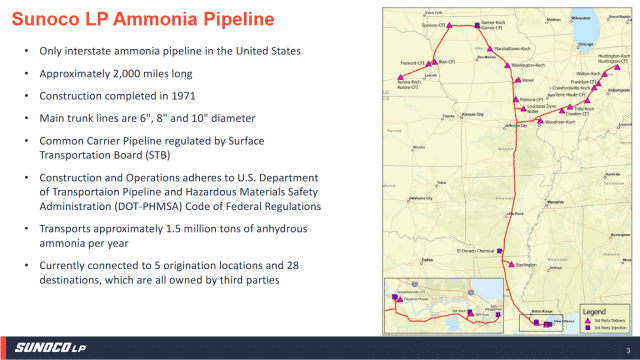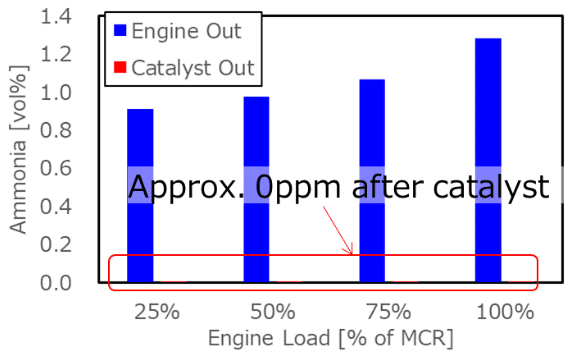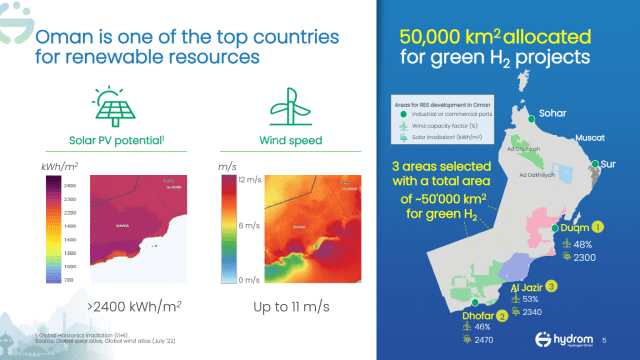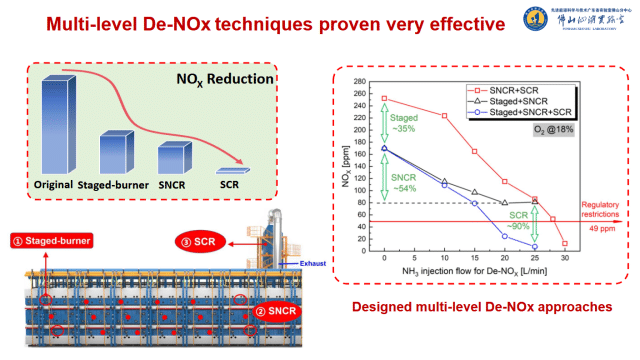LSB and Lapis: retrofitting CCS to existing ammonia production in the USA
In our September Episode of Project Features, project partner Lapis Carbon Solutions and LSB Industries walk us through their CCS ammonia project in El Dorado, Arkansas. Permitting is expected to be finalized next year, followed by commencement of CCS operations in late 2026.









